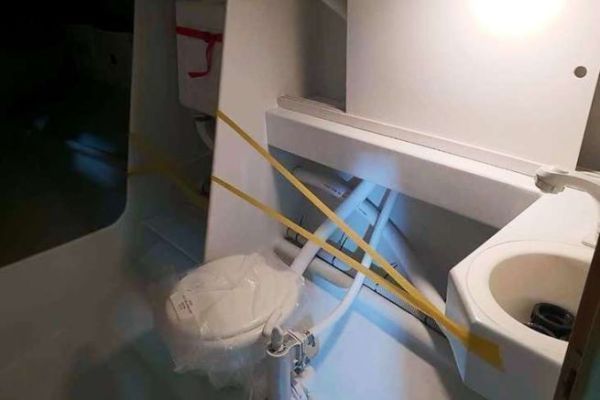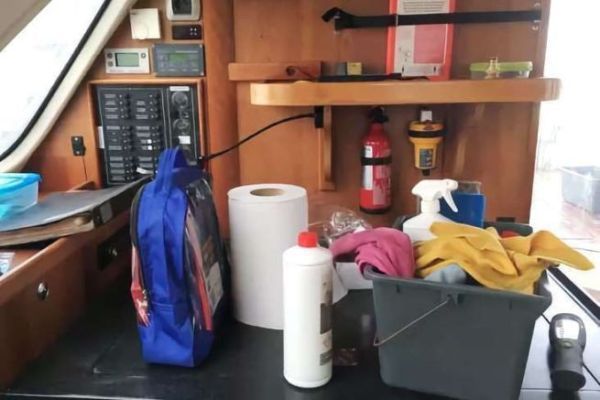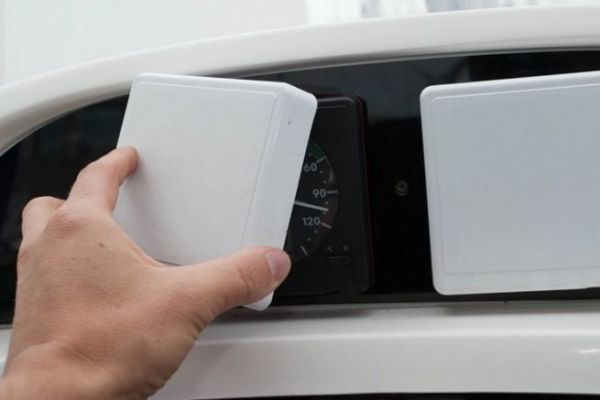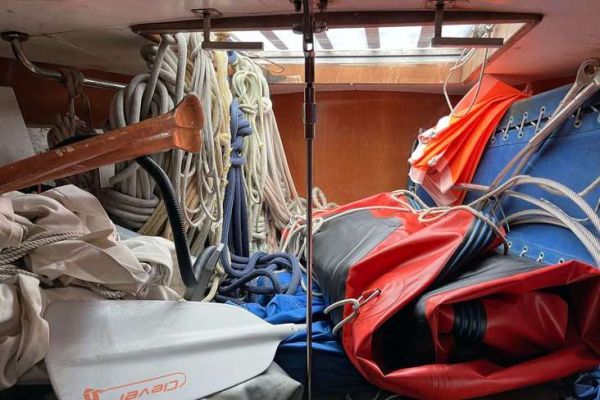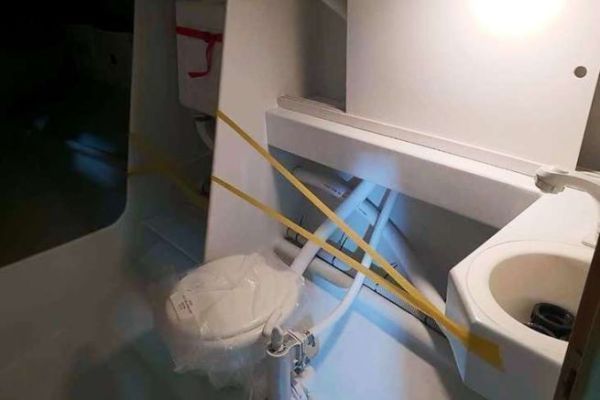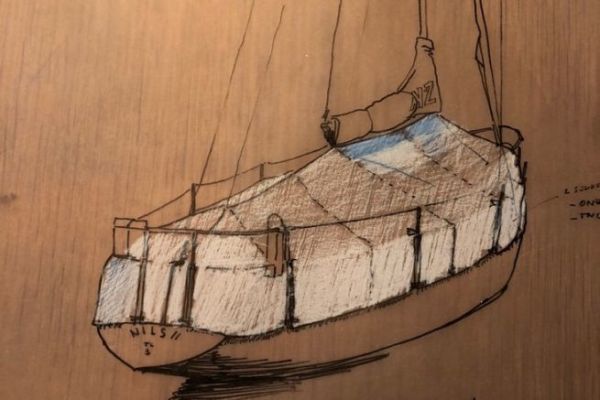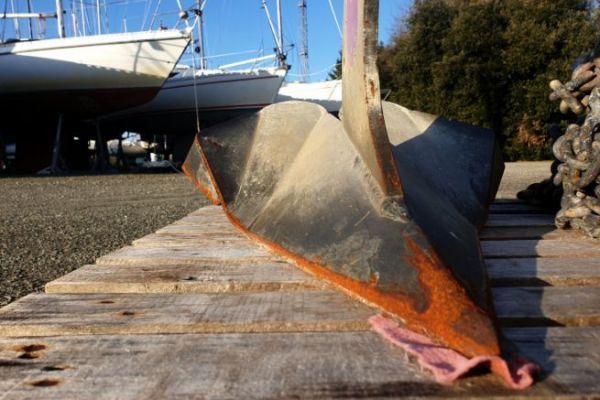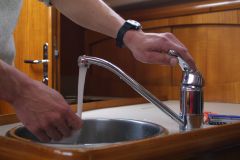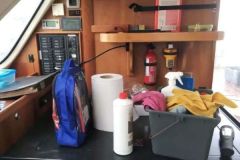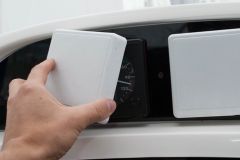Seasonal wastewater management
There's no denying that, during the season, boat maintenance often takes a back seat, especially when it comes to the wastewater tanks we fill and empty repeatedly. By law, all new pleasure boats are equipped with wastewater storage systems. However, it is essential that the emptying of the various water tanks is carried out in a way that complies with environmental standards, by disposing of the grey and black water in dedicated facilities.
Discharge of tank water into the open sea can lead to marine pollution problems, and represents a risk of bacteriological contamination for flora and fauna. Although the discharge of black water into the open sea is not generally illegal, it can contribute to the contamination of the marine environment, especially in near-shore or shallow areas. It is important to note that the discharge of sewage in port areas and marine parks is strictly forbidden.
However, compliance with these environmental standards does not necessarily mean that the tanks are properly maintained. The residues contained in these tanks include various elements, such as proteins, nitrogen, urea and uric acid, which are susceptible to decomposition by putrefactive bacteria. The sugars, celluloses and fibers present are also degraded by bacteria, causing unpleasant odors and tank corrosion. In addition, fats are broken down into fatty acids, and some by-products contain sulfur-containing elements, such as hydrogen sulfide and malodorous mercaptans.
When it's time for a thorough cleaning at the end of the season, it's advisable to wear gloves, because even after being emptied, the tanks can still contain potentially dangerous bacteria.

Draining wastewater
When it comes to wastewater maintenance, it's crucial to distinguish between two categories: grey water, from kitchen and bathroom activities, and black water, from toilets. Grey water includes all the waste resulting from your daily chores, such as cooking, washing up, showering and hygienic activities like hand-washing and tooth-brushing.
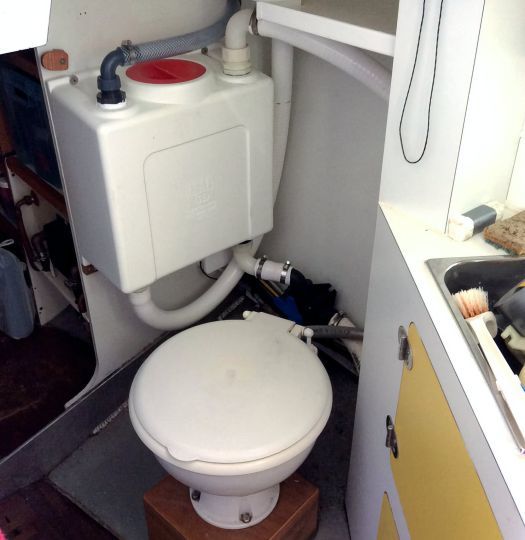
We start by draining the tank, before carefully cleaning it. As always with water, whether black or grey, the tank must first be emptied in an area designed exclusively for this purpose.
For cleaning, we recommend the use of a specific product, available from various suppliers. To use it, please refer to the instructions for use, so you can dose the product according to the capacity of your grey water tank. Rinse once or twice with clear water, taking advantage of the drinking water remaining in the freshwater tank. This will save you a few liters of water. At the end of the process, remember to leave the taps and valves open.
Drain clean water circuit and tank
Start by switching on the water pump, then open all your water taps, including the galley tap, bathroom sink and shower head, depending on the equipment you have on your boat. Make sure you keep them open until the water has run out completely, thus eliminating the last residual drops of water from the circuit.
Once the system has been emptied, it is essential to switch off the water pump. However, it is imperative not to close the taps. On the contrary, keep them in the open position. This is essential to avoid any build-up of residual water that could cause problems later on. If your installation includes a showerhead, remove it from its holder and place it in the lowest position to ensure that the water system is properly drained and ready for use. We also recommend cleaning the filters and leaving them open for the winter.
Cleaning the clean water tank
When you set about purging your clean water tank, you're likely to notice a yellowish deposit or traces of mould inside the tank. Don't worry, this is perfectly normal. However, it is imperative to remove these deposits to prevent the proliferation of bacteria. It's crucial to bear in mind that heat can accelerate the degradation of water, and a stagnant water tank is a breeding ground for bacteria.
Meticulous cleaning is essential to prevent the multiplication of bacteria and the development of unpleasant odours. Whenever possible, try to gently scrub the inside of the tank with a brush. Then drain and rinse thoroughly. For thorough cleaning of the clean water tank, we recommend the use of specific products or bleach. Drain again to ensure that the tank is completely sanitized.
Finally, don't forget to leave the valves and inspection hatch open to allow adequate air circulation. This process will ensure that your tank is free of unwanted residues and ready to supply clean, healthy water.

 /
/ 